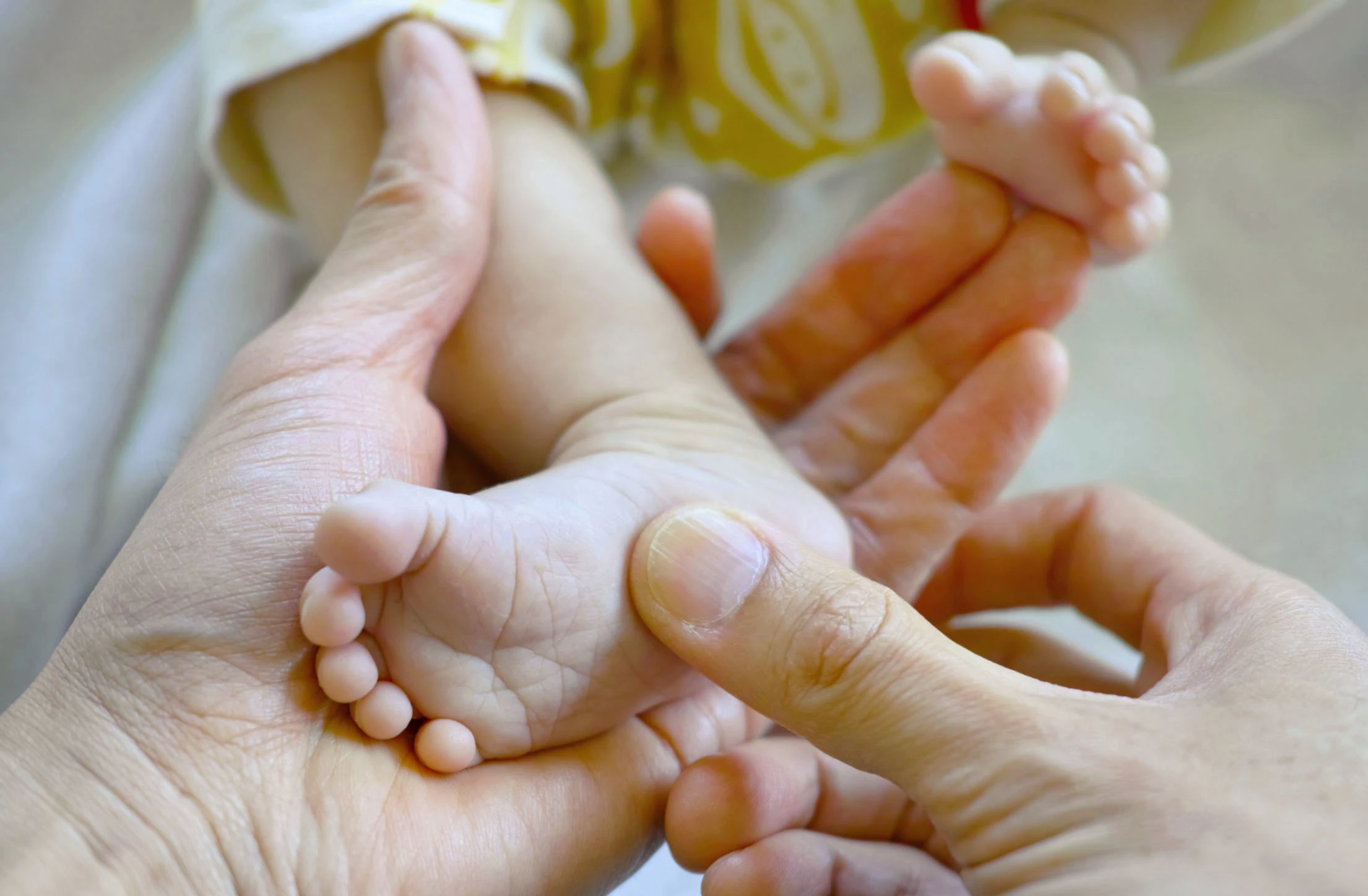
Pediatric skin diseases are highly prevalent in the Middle East, with Atopic Dermatitis (AD) being the most common skin disease in Saudi Arabia.
17.4% of pediatric ER visits are due to baby skin complaints
30.3% of consultations are due to dermatitis and eczema

Dry skin in babies is under-recognized and can lead to skin irritation and possibly compromise the skin barrier. In a survey group, where 10% of mother’s believed their baby’s skin to be dry, it was reported that up to 60% of the babies were found to have clinically visible dry skin, suggesting that mother’s may require more information on identifying dry skin in babies.
The impact of dermatitis is not just skin deep. Of all skin diseases affecting children, Atopic Dermatitis is known to have one of the greatest impacts on the child’s quality of life. Constant cycles of itching and scratching of irritated skin disrupts children’s day-to-day activities and their sleep cycle, overall affecting the child’s mood and behavior. Consequentially, parents face the burden of disturbed sleep, emotional stress, and the expenditure of managing their child’s Atopic Dermatitis.

Dry skin can ultimately lead to damage of the skin barrier, further impacting normal barrier function. In addition to general discomfort for the baby, increased incidence of Atopic Dermatitis can cause the skin barrier to break down, increasing the risk of infection from pathogens.
An effective regimen is required to protect baby’s delicate skin. Moisturizing is a key step in protecting healthy baby’s skin. Specially designed cleansing products and emollients for children are two simple strategies that can help keep skin healthy.
Useful Links
External Factors Affecting Baby Skin
What Are The Major External Factors Affecting Baby’s Skin?


